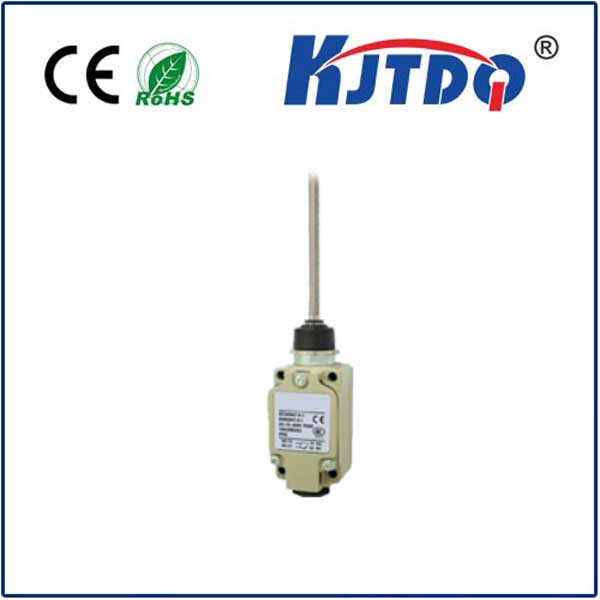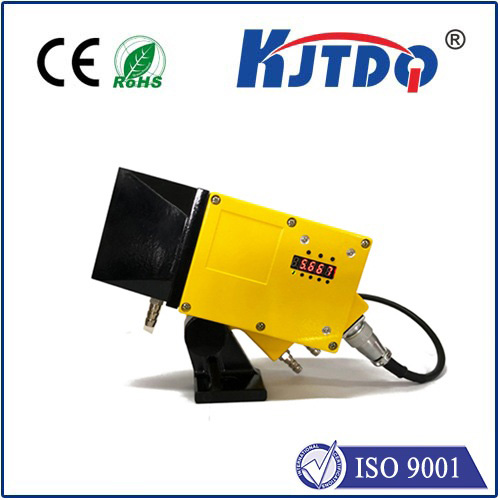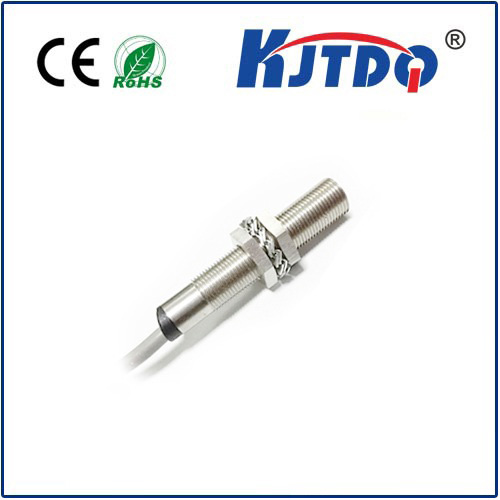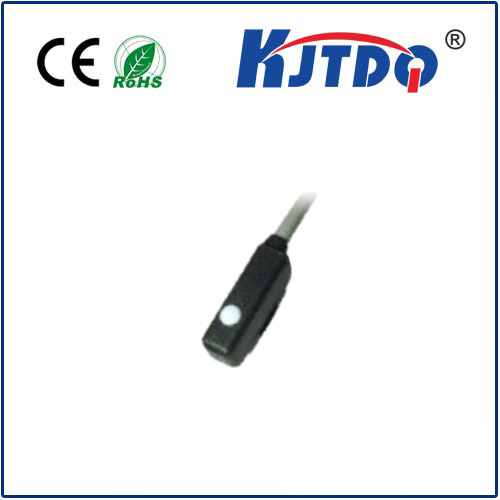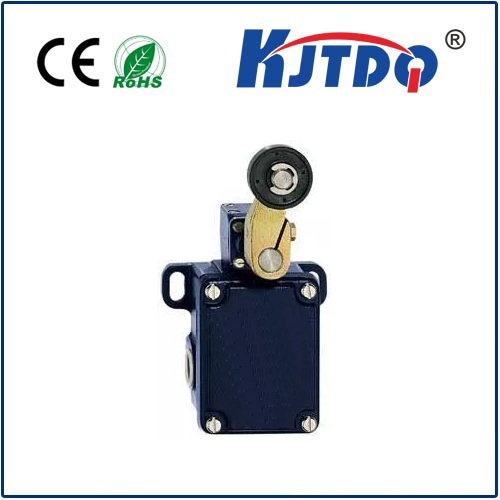

check

check

check

check
Imagine a robotic arm suddenly misses its position, crashing into a fixture. Or a high-speed conveyor belt failing to stop precisely at the packaging station, causing costly jams and product waste. Often, the tiny, unassuming component preventing these industrial nightmares is the limit switch. Among these crucial devices, the L350F limit switch stands out for its reliability and compact design in demanding automation environments. Understanding its function and significance is key to ensuring smooth, safe, and efficient operations.
The Critical Role of Limit Switches
At its core, a limit switch is an electro-mechanical device. Its primary function is to detect the presence or absence, or the position and movement limits, of an object. Think of it as a sophisticated “on/off” switch triggered not by a human finger, but by physical contact – the movement of a machine part, the passage of a product on a line, or the reach of travel by an actuator. They act as the sentry guards and precision referees within a machine or production line.
When these signals are missed or inaccurate, the consequences range from minor inefficiencies and product defects to catastrophic equipment damage and operator safety hazards. This is where the reliability of the switch, like the L350F, becomes paramount.
Introducing the L350F: Compact Powerhouse for Industrial Sensing

The L350F designation typically refers to a specific model or family within a manufacturer’s line of precision micro limit switches (though variations exist, always consult specific datasheets). These switches are renowned for several key characteristics that make them exceptionally suited for modern automation:
Where Does the L350F Limit Switch Shine? Applications Galore
The combination of size, precision, and durability makes the L350F a go-to choice across diverse industries:
Selecting and Implementing an L350F Effectively
Choosing the right L350F variant is crucial:
Proper installation is equally vital. Ensure the switch is securely mounted to prevent vibration loosening. Carefully align the actuator with the triggering object to avoid misoperation or premature wear due to side-loading. Protect wiring connections from strain and environmental damage. Most importantly, regular inspection should be part of your preventive maintenance schedule to catch any wear, damage, or misalignment early, preventing unscheduled downtime. Proactive maintenance counts.
Case in Point: Reliability in Action
Consider an automated bottling line. L350F limit switches might be installed at critical points: confirming bottles are upright and present before filling, detecting when a bottle reaches the capping station, and verifying the position of a labeling arm. A single failure at any point could cause spills, misapplied caps or labels, or even collisions between machine parts. The consistent, reliable signal provided by the L350F ensures each step happens flawlessly, maximizing throughput, minimizing waste, and protecting the equipment. Its small size allows it to be tucked into the intricate mechanisms of the line without hindering operation.
While often overlooked amidst larger, more complex machinery, the L350F limit switch plays a foundational role in industrial automation. Its compact precision, robust construction, and reliable performance make it an indispensable component for position sensing, movement limitation, and safety interlocking. Understanding its capabilities and deploying it correctly in automation systems is essential for achieving peak performance, ensuring operator safety, and maintaining consistent, high-quality production. In the intricate dance of automation, this tiny sensor provides the crucial signals that keep everything moving in perfect, controlled harmony.
